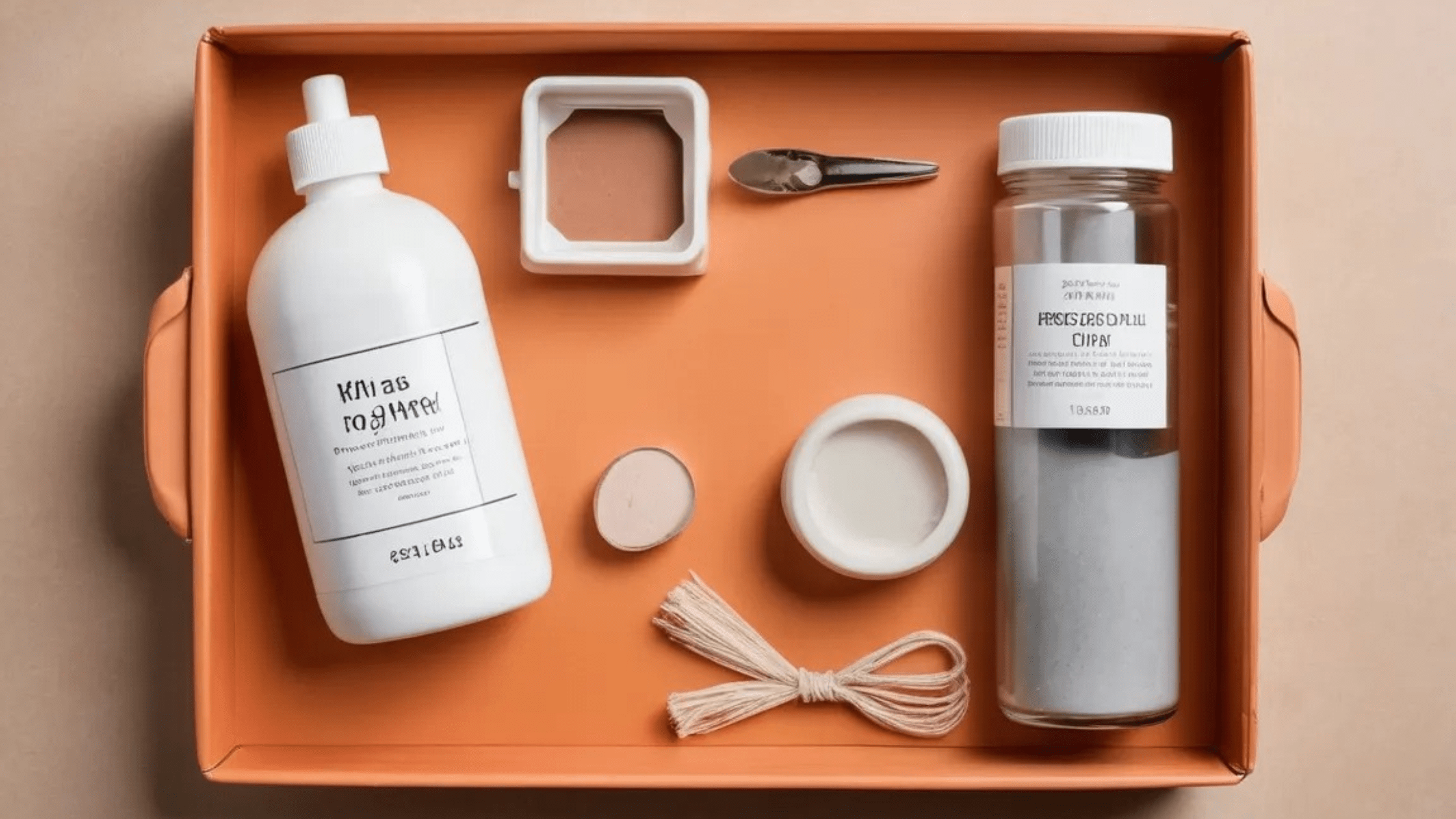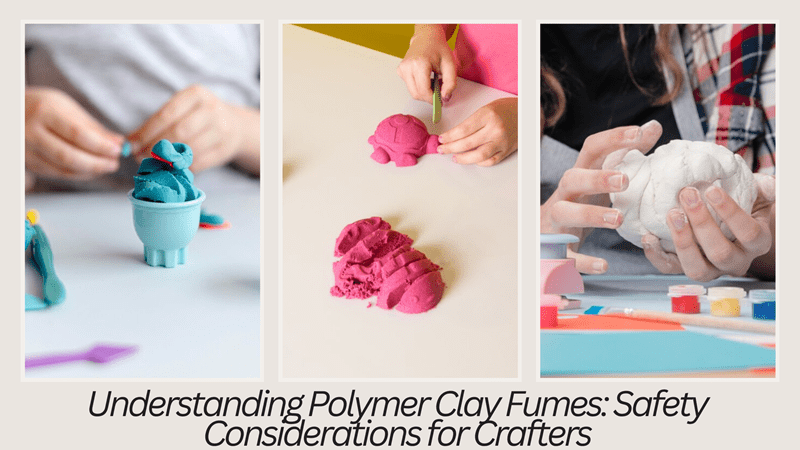I searched for a polymer clay storage solution that worked for me.
Polymer clays are one of those truly versatile mediums that artists and craft enthusiasts use to make everything from jewelry to home decor pieces. But store it correctly and this creative medium will be good as new. This article is going to explain the best practices and information when it comes to polymer clay storage so that your polymer clay is always fresh and pliable and when inspiration hits you at a moment’s notice you are ready.
How Proper Storage is Truly Essential
Polymer clay is a plasticine-type modeling compound that can dry out, become brittle, and even sticky to touch if not stored correctly. Ministerial misuse can waste material, lessen quality, and create aggravation. So, here is what you must know about how to properly store polymer clay:
Preserve Freshness: Polymer clays can harden and make the clay unusable if they are left exposed in air for extended periods of time.
Keep Your Clay Contaminant-Free: Dust, dirt and various particulates will stick on polymer clay too easily and affect in texture and look.
Avoiding Leaching: Some polymer clays can leach, that is, deposit oils onto surrounding surfaces, such as work surfaces or clothes, which can then leave a stain or tacky residue.
Essential Supplies for Storing Polymer Clay
Before going into what to store, let us gather all the tools which are required. These will protect your clay from being destroyed:
Plastic Storage Containers: Store diced vegetables in airtight containers made from either polypropylene or polyethylene to prevent exposure to air.
Plastic Wrap or Ziploc Bags — In addition to wrapping the clay in plastic wrap, you can also put it in resealable bags.
Wax or Parchment Paper: Place wax or parchment paper between layers of clay to prevent them from sticking.
Labeling Tools: To save time, label the type or color of clay.
How to Store Polymer Clay: Best Practices
Here we look at some of the most straightforward approaches and best practices that will never fail to ensure that your polymer clay is in top condition:
Use Airtight Containers
Use quality airtight containers to protect your polymer! Airtight containers do not allow dust, dirt, or moisture in, and all of these can affect the texture and quality of the clay. However, make sure that your containers are made out of plastic material that is compatible with polymer clay, to avoid any chemical reactions.
Avoid Extreme Temperatures
Keep polymer clay at room temperature. Extreme heat exposure may result in premature curing while extreme cold exposure may make it brittle. Don’t put it near windows, heaters or air conditioners, either.
Separate Colors
Different colors of polymer clay should be stored separately to avoid bleeding. You can get little containers or Ziploc bags for each colour and label them so you do not lose track.
Avoid Sunlight Directly
Do not leave the clays in the sun directly as it can heat the clays and the clays may bake or blemish with time. Store polymer clay in a cool, dark place to keep its vibrancy and flexibility.
Use Non-Stick Surfaces
Certain materials PAM-clay tends to stick to. Thus for storage purpose one should always prefer non-stick surfaces. Alternatively, wrap clay in wax or parchment paper before placing in containers to prevent it from sticking.
Few things are more satisfying than creative storage solutions for polymer clay.
What are some creative ideas for storing polymer clay?
Drawer Organizers: A plastic drawer organizer with compartments will help you organize different colors and types of clays.
Tackle Boxes or Bead Storage Cases: These cases contain a number of small individual compartments that work well for storing pieces of clay.
Stackable Bins: These space-saving bins allow you to sort your clay by type, color, or project.
Common Mistakes to Avoid
While there are some dos and don’ts when it comes to polymer clay storage that we need to avoid.
Using The Wrong Type of Plastic: Certain plastics may melt or stick with polymer clay. Use only polypropylene or polyethylene plastic.
Inadequately Sealed: Even the smallest gap in your container or bag will expose crafters clay to the air and dry it out.
Container Crowding: Stacking jars of paint can bend clays or blend colors.
Long-Term Storage Tips
If you are going to be putting away polymer clay for a time, add these precautions:
Inspect Regularly: Inspect your clay for dryness, brittleness, or contamination regularly.
Recondition Dry Clay: If your clay does harden, you can recondition it by kneading in a bit of clay softener or mineral oil.
Keep Original Packaging — The original packaging is there to protect the clay; if you can, keep it.
Conclusion
To preserve the quality of polymer clay and to extend its use, it must be stored properly. Aside from these best practice tips, proper material selection is vital again to keep your polymer clay in optimal condition before your next creative endeavor. This multitude of life-from your imagination will flare up on the most amiable polymer clay source that is offered to you as long as you care just a wee bit and you follow an ordered approach.
Shop Now
**Stay updated with our latest creations and special offers by following us on our social media pages!**









































